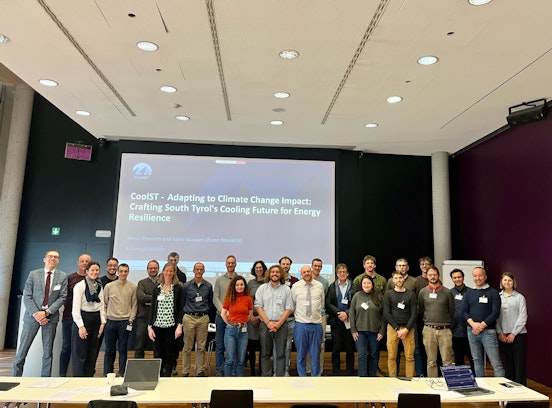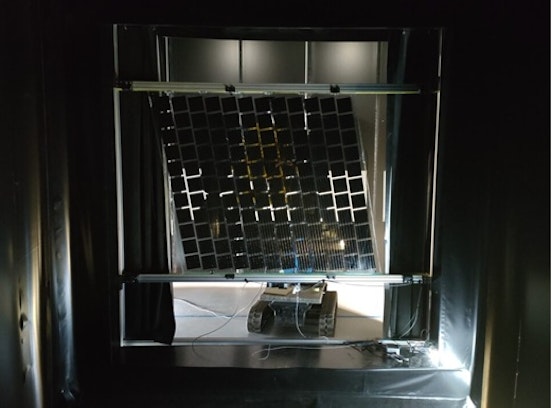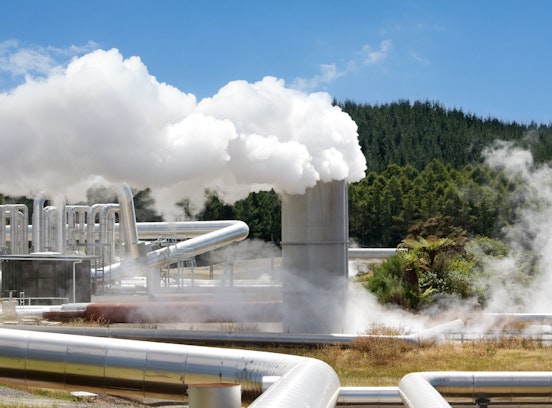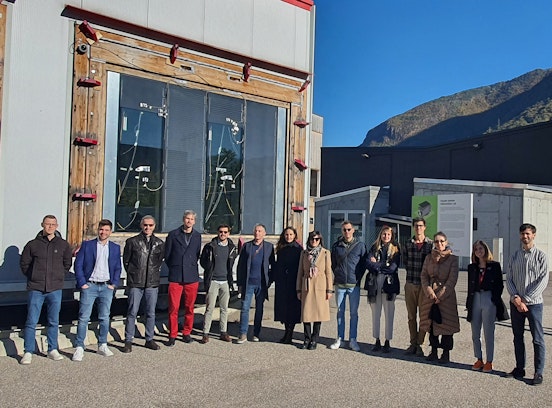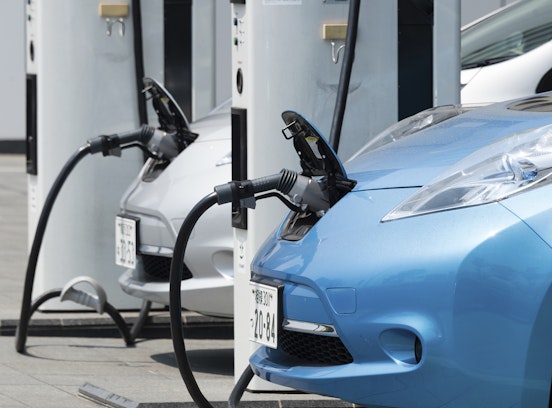Institute for Renewable Energy - Overall energy system modelling and e-mobility - News & Events - Future optimal energy mix needed to reach European energy targets 2030-2050
Future optimal energy mix needed to reach European energy targets 2030-2050
New scientific paper analyses the optimal future scenarios considering also economic, environmental objectives, and energy supply risk.
Journal e-Prime - Advances in Electrical Engineering, Electronics and Energy - has recently published a new scientific paper by Eurac Research on the topic energy mix assessment for EU countries. The purpose of the work is to study the optimal energy mix needed to achieve European energy goals, also taking into account the security of supply (energy supply risk) for seven European countries in 2030 and 2050. The countries considered are: Spain, Italy, France, Germany, the Netherlands, Poland and Sweden.
The activities carried out by our researchers include the use of software EPLANopt, which couples the EnergyPLAN deterministic simulation model developed by Aalborg University with a Multi-Objective Evolutionary Algorithm built on the Python DEAP library. The multi-objective approach allowed the researchers to evaluate optimal future scenarios considering both economic and environmental objective functions. In addition, the security of supply for each optimal solution was evaluated.
"The added value of this paper compared to previous studies on the subject is that it not only considers economic and environmental objectives, but also energy supply risk. This is a very important aspect, as security of energy supply is critical to a country's stability and security. In addition, the results obtained in terms of variable renewable energy penetration, taking into account ground-mounted PV, rooftop PV, onshore and offshore wind power, are compared with the penetrations obtained from the ENTSO-E scenarios. The results show that the decarbonization process represents an opportunity because it improves security of supply while reducing CO2 emissions" says Matteo Giacomo Prina, first author of the article
The publication was done through the H2020 Trust-PV project and in particular Task5.1

